As a 10-year Apple Watch veteran, I’ve only really taken notice of Garmin in the last six months or so in my role as one of TechRadar’s fitness and wearables experts.
Since the turn of the year, there has been an awful lot of negativity around Garmin for a variety of reasons: a global outage that saw devices rendered unusable for well over a day, users upset about older, premium models being left out in the software cold, and more recently the controversial Garmin Connect+ subscription service.
I’ve seen plenty of despair in Garmin forums like the r/Garmin subreddit, reading countless posts and comments about users who are considering ditching their Garmins or making the switch to Apple, Samsung, and co.
But as a tenured Apple Watch user, I’m here to lend a comforting hand to the Garmin faithful. Life may not be perfect right now, but there are still a myriad of reasons to be thankful for your Garmin and a ton of impressive features and benefits to using one.
It got me thinking about just how many advantages and upsides there are to using a Garmin, and so I thought I’d collate some of them here to bring Garmin users some much-needed joy.
Who knows, if you’re in the market for a new smartwatch, maybe this is the push you need to grab one of the best Garmins instead of an Apple Watch Ultra 2. Of course, features and benefits swing both ways, but let me lay out some of the things Garmin does better than the Apple Watch right now.
1. Battery life
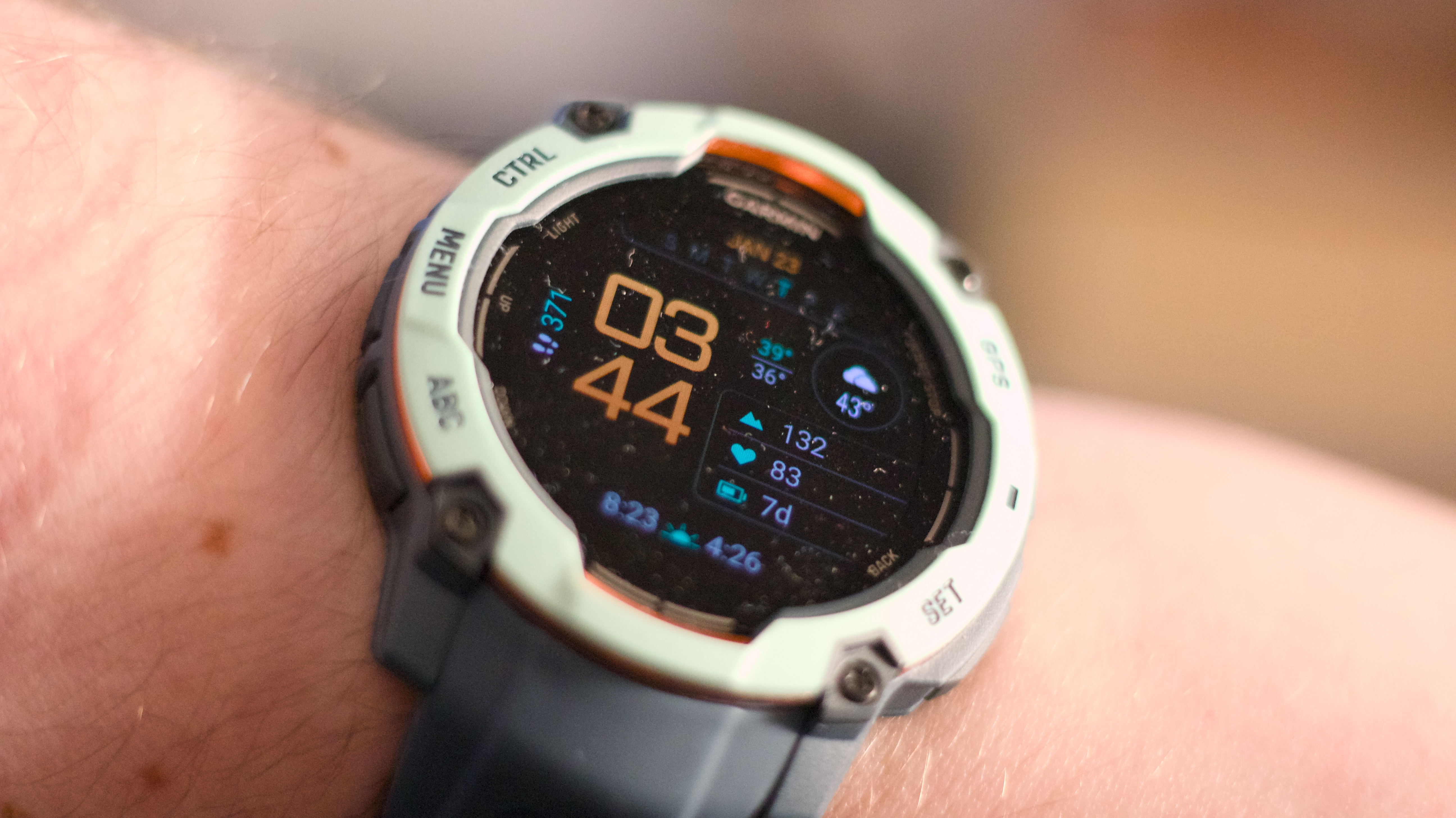
The best Apple Watch will get you at most 72 hours of battery life on a single charge in Low Power mode. When you come to Garmin, battery life specs are measured in days rather than hours. Of course, there are reasons for this, Apple Watches tend to have brighter screens and generally a bit more going on under the hood, but there’s no denying that even formidable, powerful models like the Garmin Fenix 8 offer insane longevity. The latter is rated for up to 34 days of typical use, an astonishing figure.
Pound for pound, any equivalent Garmin is going to smash Apple Watch battery life by an order of magnitude, and that’s before we even consider Garmin’s secret weapon and point number 2…
2. Solar charging
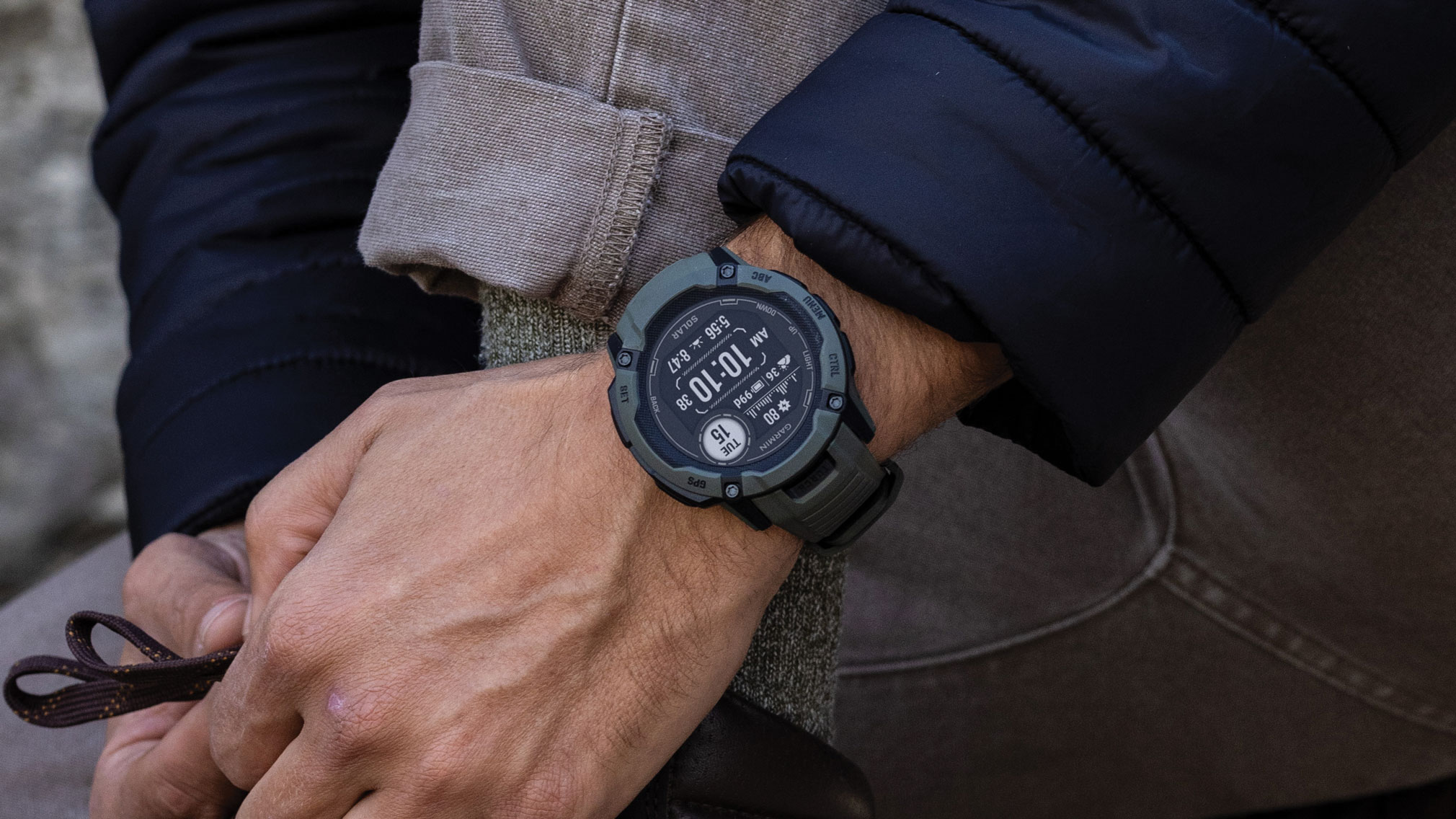
Complementing battery life is solar charging, an option offered on plenty of Garmin models. In exchange for a less impressive display, you get solar charging for potentially limitless battery life in the right conditions. While that’s rarely a reality, solar charging pushes the aforementioned 34-day battery life of the Fenix 8 to up to 58 days on solar.
Apple has never once hinted at solar charging on the Apple Watch during its 10 years of existence, and I’d love to see the company give it a try.
3. Running metrics
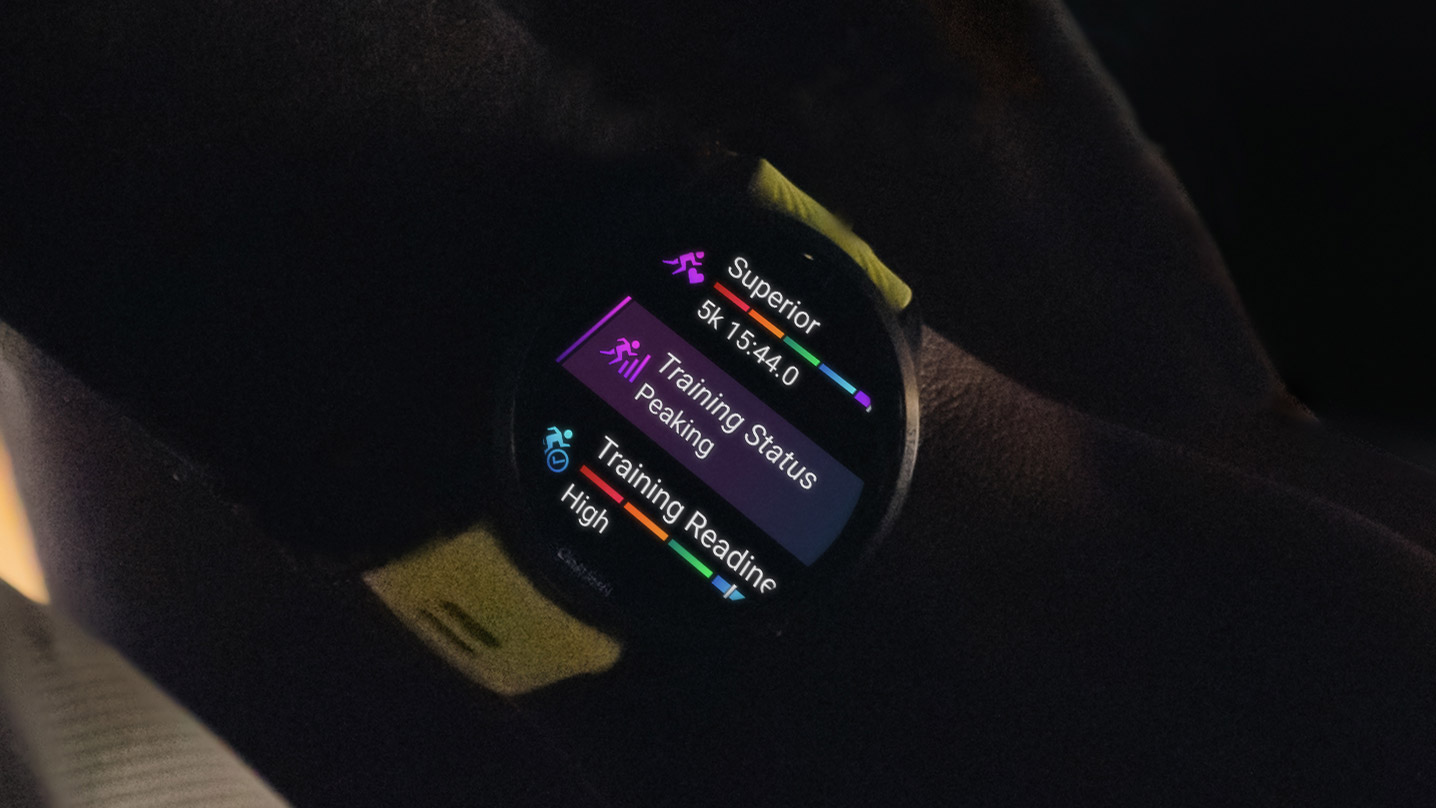
If you want the best running watch to help you hone your stride, up your pace, and break your marathon record, Garmin is really the only option.
Garmin has a dedicated range of running watches, spearheaded by the impressive Forerunner 965, but the entire lineup boasts a slew of industry-leading running metrics to which Apple can’t hold a candle.
At their most advanced, Garmin running metrics and features include running dynamics, vertical oscillation and ratio, ground contact time and balance, stride length, cadence, running power, grade-adjusted pace, performance condition, lactate threshold, PacePro, and even a race time prediction.
Apple Watch does some of these, but there’s no denying that Garmin leads the pack when it comes to running.
4. Training plans and Garmin Coach

While your Apple Watch can track a workout, Garmin has an extensive array of training tools. Notably, you can use Garmin Coach training plans to fuel your running or cycling regimen, and you can also use the Garmin Connect app to create step-by-step workouts you can follow right from your wrist.
You’ll even get daily suggested workouts based on your previous performance (for running or cycling) and information about how long you should leave for recovery based on your effort.
Apple might have newer Training Load features from watchOS 11, but otherwise, the company has barely scratched the surface in this field.
5. Readiness and Body Battery
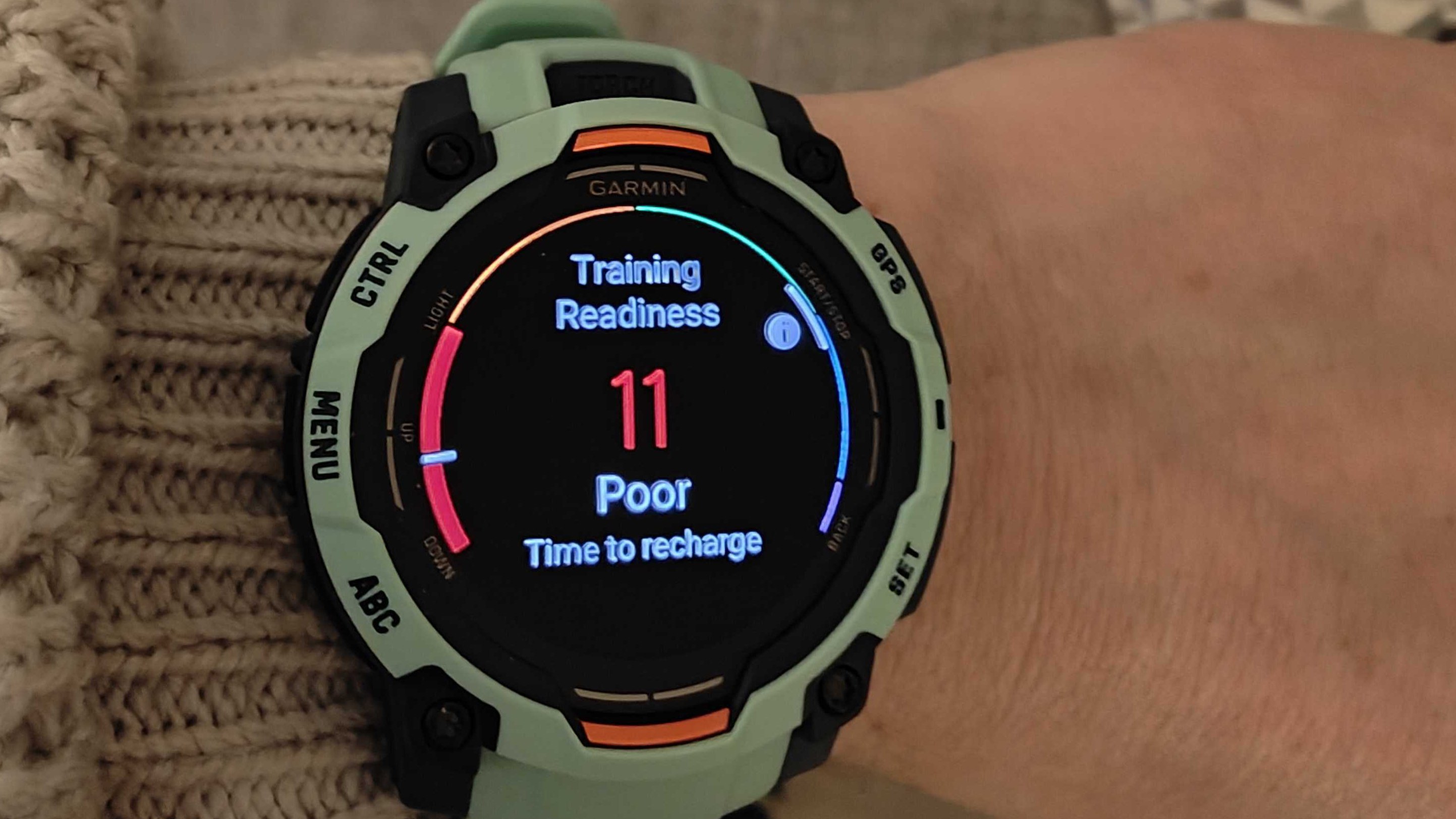
Garmin also features very impressive readiness scores and its own Body Battery technology, which you won’t find on any Apple Watch. Now, there’s some debate about the efficacy of this kind of tech, and some folks would probably tell you it’s a pseudoscience.
However, Garmin takes metrics like your heart rate variability, activity data, and more to generate a score out of 100 to estimate your energy reserves and overall readiness to tackle the day’s training.
For some people (myself included), that isn’t always helpful – you can often become a slave to the numbers and end up feeling in worse condition than you might actually be – but for those who want it, Garmin’s Body Battery and readiness scores are much better than anything Apple offers in the space.
6. Models and pricing
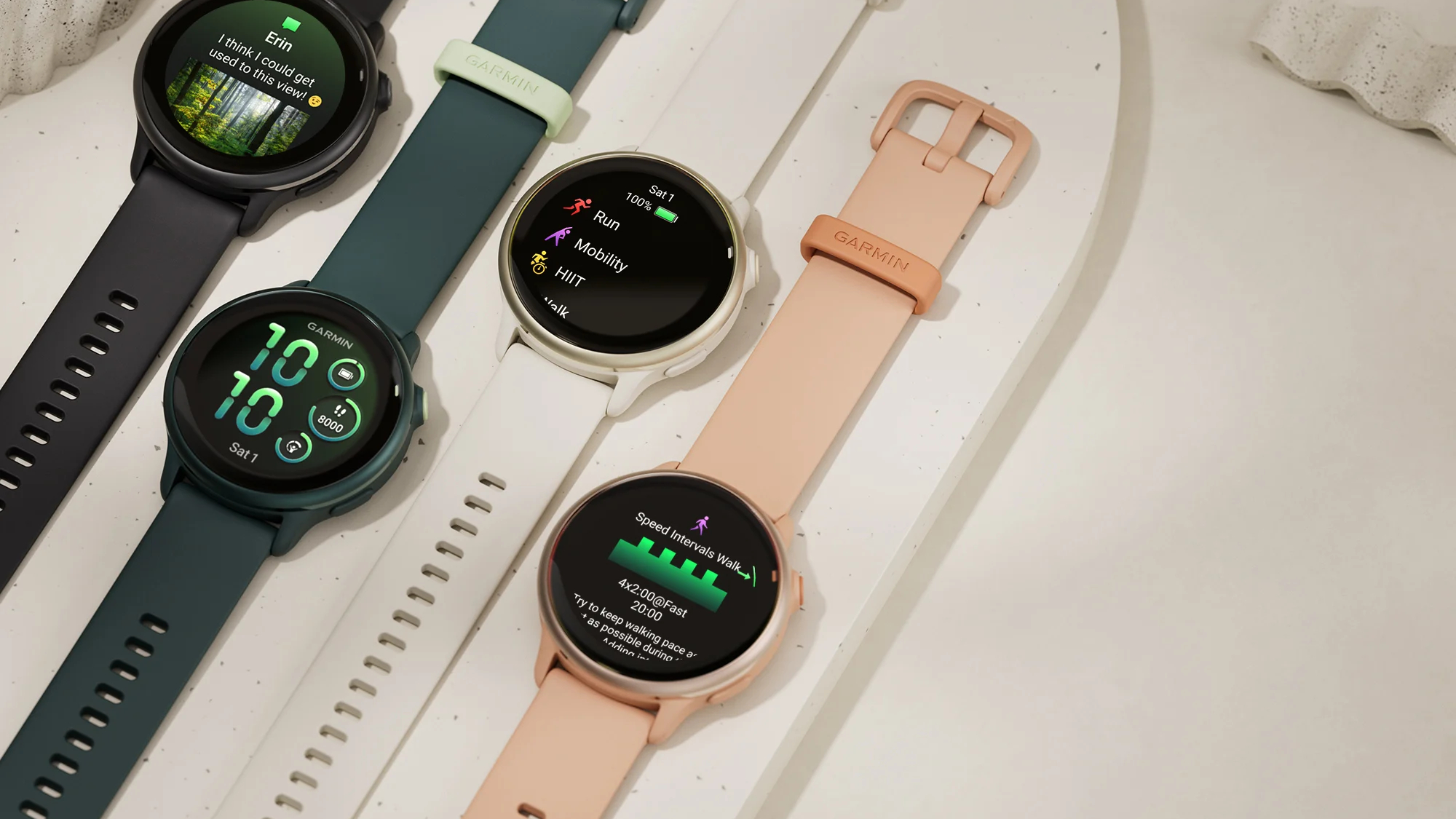
By all accounts, Garmin boasts the richest lineup of models of any smartwatch manufacturer, Apple included. While Cupertino has opted for a simple three-device lineup, Garmin has models within models on top of layers of configurations wrapped around pricing structures.
It’s a lot to get your head around, especially if you’re a beginner – what’s the difference between the Garmin Instinct 3 AMOLED, Solar, and Instinct E, for instance? – but the upshot is that there is a Garmin for everyone. From the cheapest Forerunner 55 to the Tactix 8 replete with ballistics tracking and night vision mode, there’s a Garmin in every color and at every price point.
7. Platform agnosticism
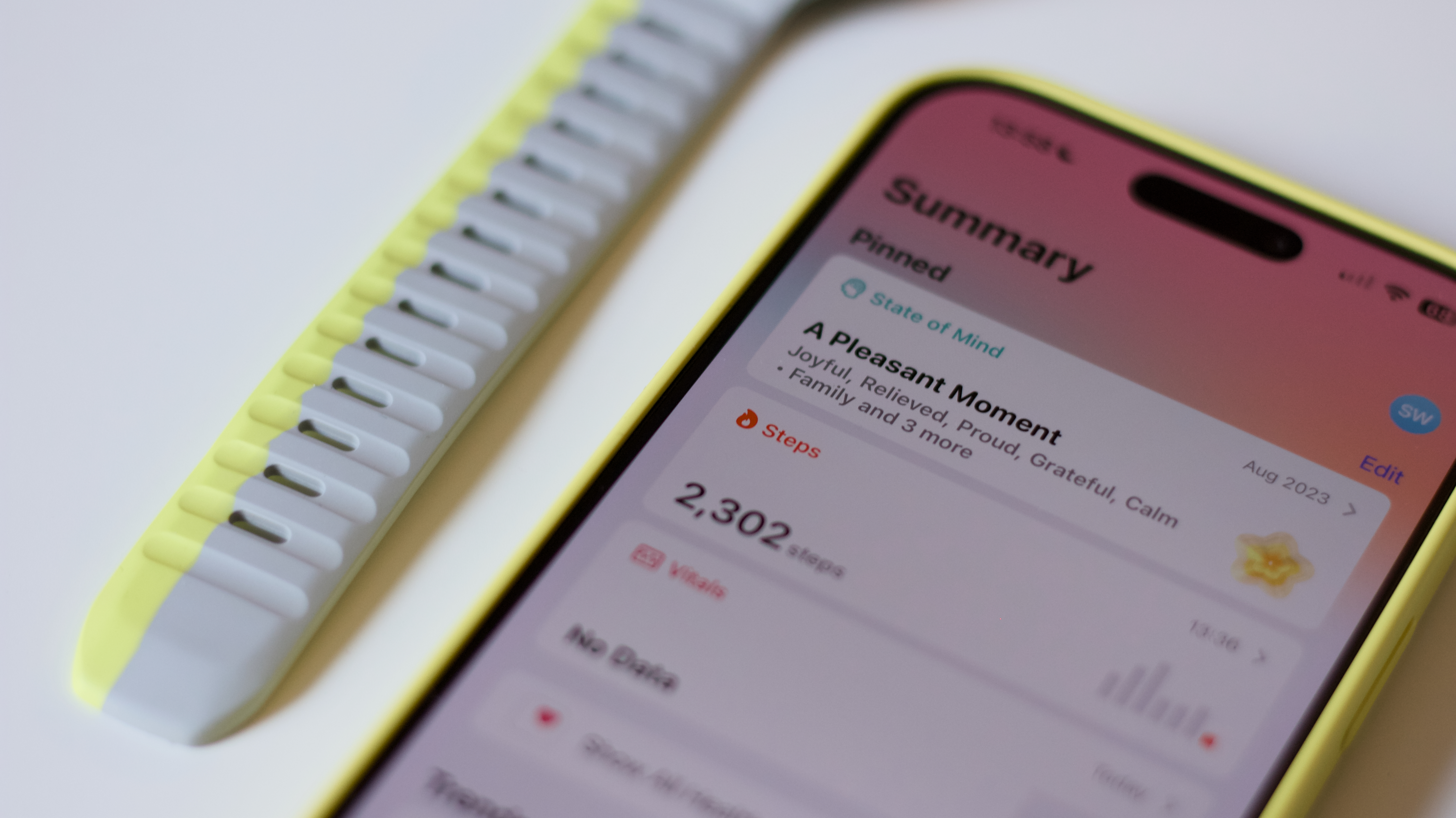
One of the best things about buying a Garmin is that it works with both iPhone and Android equally well. Of course, you miss out on some key notification features you’d get from an Apple Watch on iPhone, but generally, buying a Garmin frees you up to move more readily between iPhone and Android if you feel so inclined.
That can be tremendously freeing when it comes to choosing your next smartphone, especially because moving between the two doesn’t mean losing all your workout data and training accolades.
8. A real flashlight
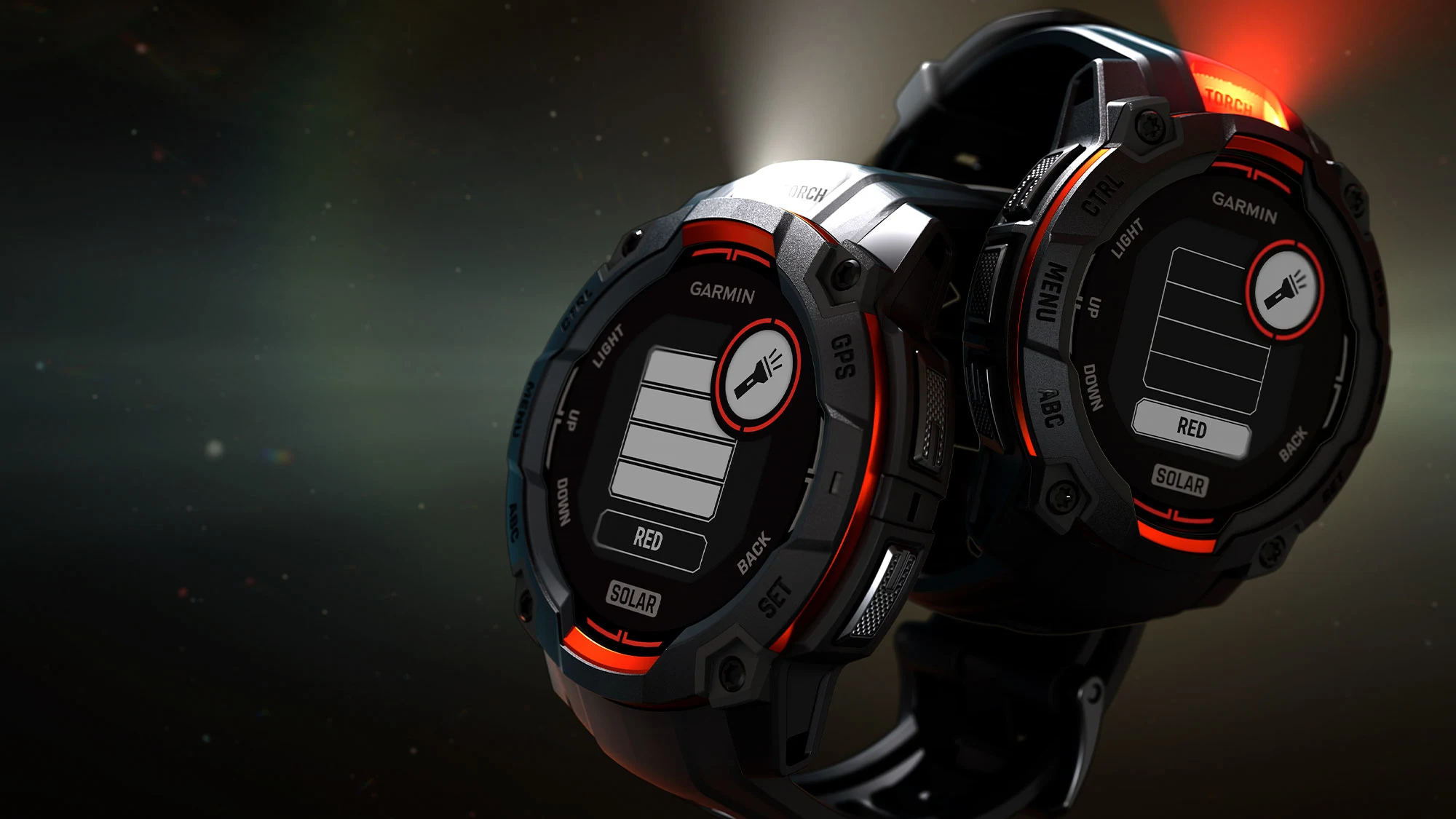
Bonus round – Apple Watch does have a flashlight feature, but it just involves turning up the screen to max white brightness. Plenty of Garmins, such as the Instinct 3, come with a full-fledged flashlight for exploration or just fumbling your way to the bathroom at 3 am.
Garmin users take heart
As I’ve said, this isn’t an exhaustive list by any means, but hopefully, Garmin users can take some heart that there are still plenty of reasons to be satisfied with their purchases, and to stick with the brand.
Have I missed anything? If you can think of something else Garmin does better than Apple Watch, drop your thoughts in the comments below!
You may also like
- Garmin Vivoactive 6 officially revealed, as Garmin attempts to regain its stride after heavy Connect+ criticism
- TechRadarFurious Garmin users revolt over new subscription service – “We need to take a firm stand”
- Garmin’s new subscription is causing chaos: here are the six features behind the new paywall
